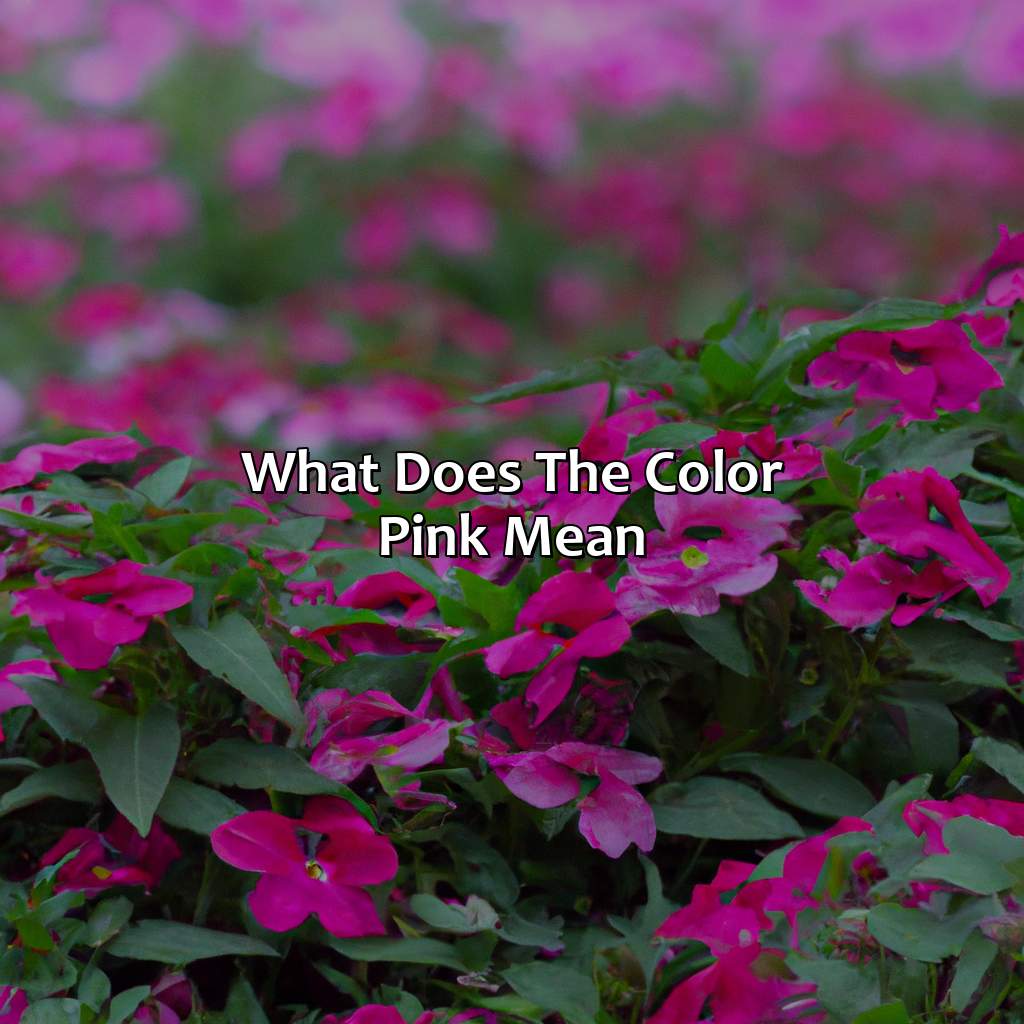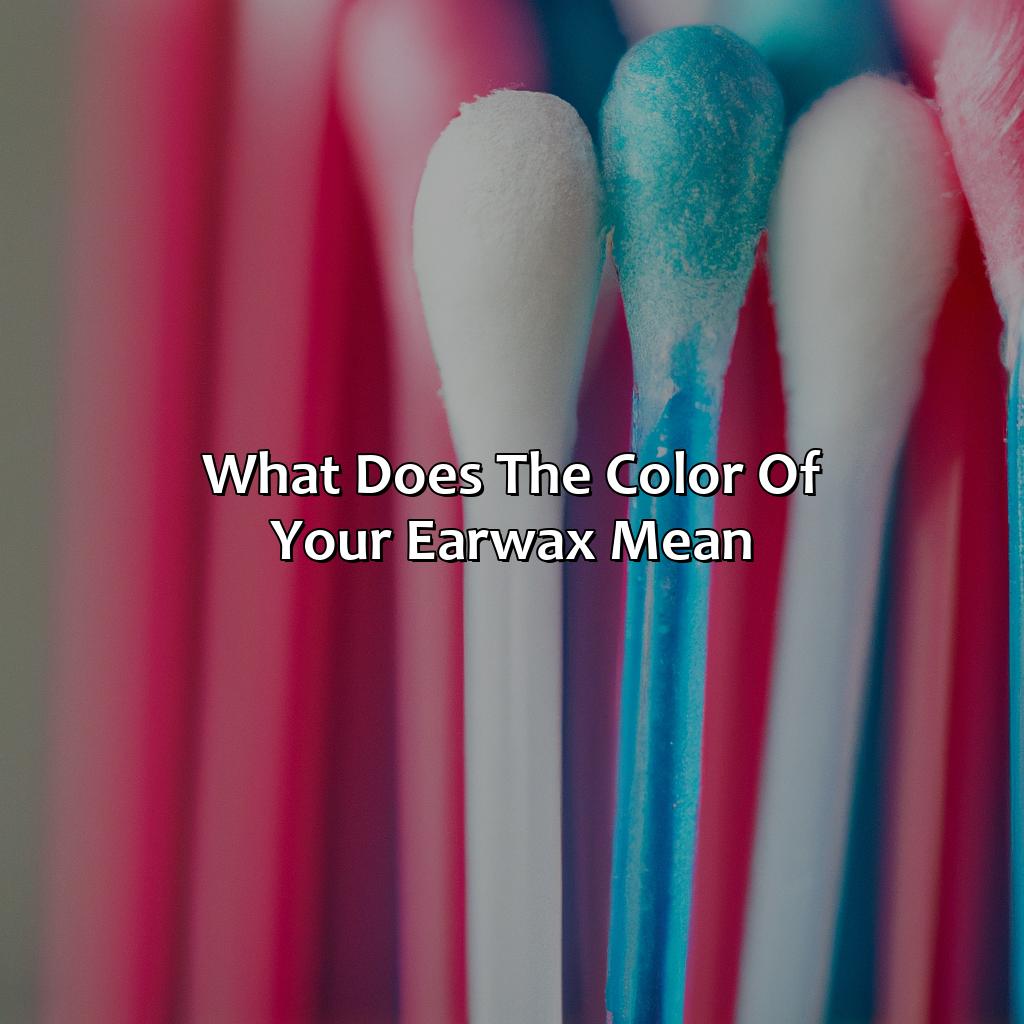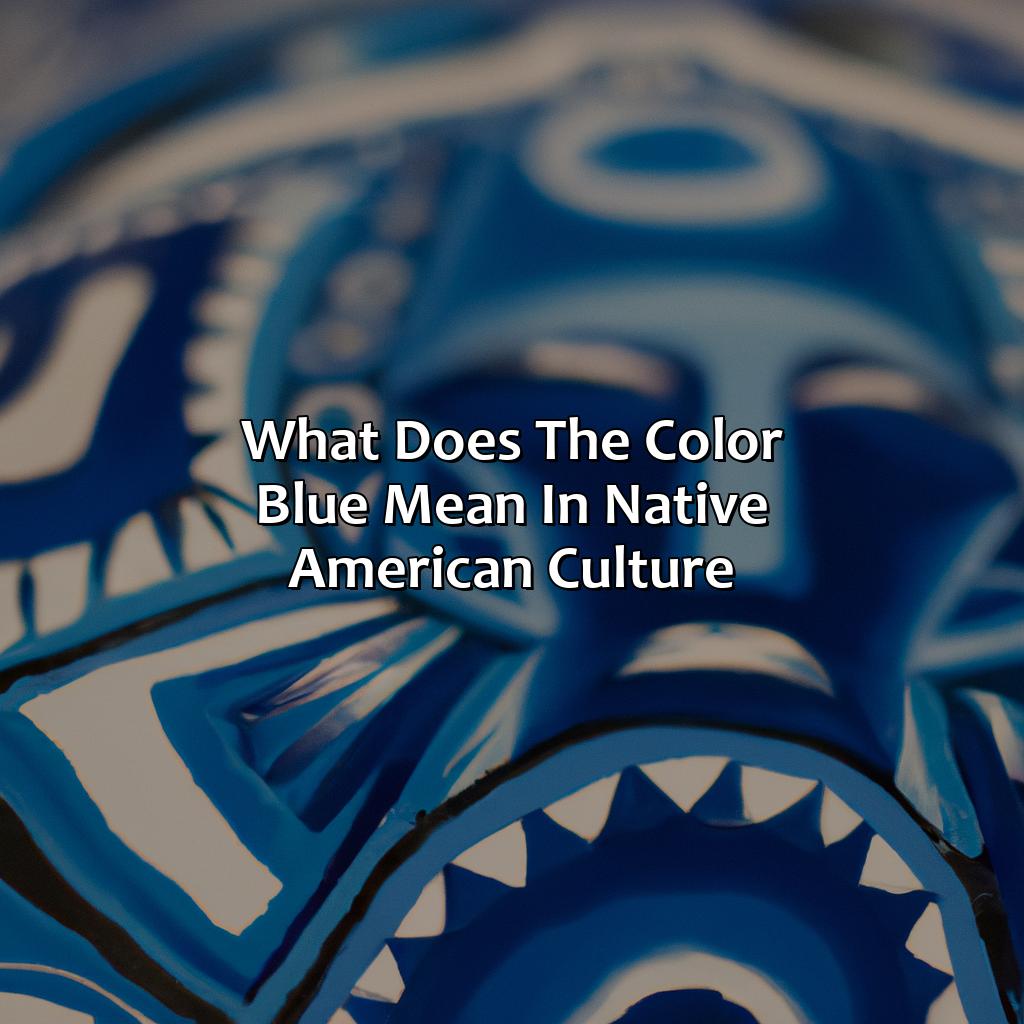##Key Takeaways:
Key Takeaway:
- Pink is a versatile color that symbolizes various meanings throughout history and different cultures. It is commonly associated with love, femininity, tenderness, and optimism, but it also represents vulnerability, sensitivity, and passivity.
- Pink has a calming effect on the human brain, promoting feelings of relaxation, peace, and clarity. It can improve mood and productivity and reduce stress and anxiety, making it an ideal color choice for interior design, branding, and advertising.
- Pink has evolved beyond its traditional associations with gender and romance, and now holds significance in fashion, design, and color therapy. From soft pastel shades to bold neon hues, pink continues to inspire creativity, individuality, and self-expression.
The Color Pink and its Symbolism
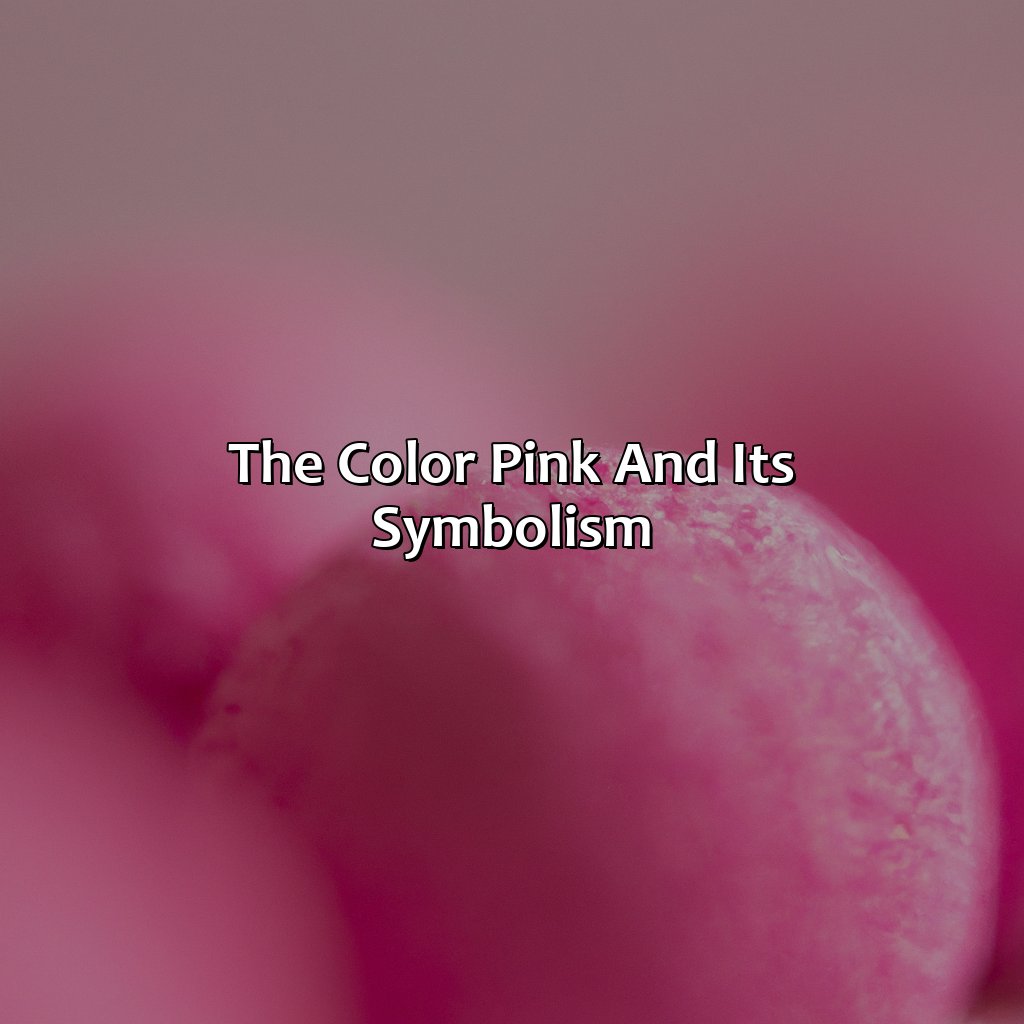
Photo Credits: colorscombo.com by Douglas Gonzalez
To comprehend the symbolism of pink, look into its associations in various scenarios. This section, “The Color Pink and its Symbolism,” examines pink’s importance historically. It views pink as both calming and feminine. “The Evolution of Pink’s Symbolism” studies how pink has changed and gained new meanings. Additionally, “Pink in Art and Culture” looks into the varied interpretations and uses of pink in art and culture. Finally, “Pink in Psychology and Spirituality” investigates the psychological and spiritual importance of pink.
The Evolution of Pink’s Symbolism
Pink’s symbolic significance has transformed over time, with the color holding diverse meanings in different cultural and historical contexts. The evolution of pink’s symbolism is a complex process that reflects changing societal beliefs, aesthetics, and human experiences. From imperial China to contemporary Western societies, pink has been associated with femininity, beauty, love, sweetness, purity, innocence, youthfulness and lightheartedness. However, it also used to signify weakness, passivity and artificiality in certain contexts. Pink’s symbolic transformation can be explored through various lenses such as art history, cultural studies and psychology.
Prominent artists like Mary Cassatt or Claude Monet favored pink tones to depict feminine grace and intimacy. Fashion icons like Elsa Schiaparelli revolutionarily employed shocking pink to challenge gender norms in the 1930s. Beyond art and fashion realm, researchers have studied the psychological effects of pink on human behaviors and emotions. Studies suggest that exposure to pink can lead to relaxation, reduced anxiety levels and increased creativity while saturation of pink can trigger feelings of calmness or nurture. The symbolic significance of Pink is thus subjective and multidimensional reflecting shifting societal values over time.
It is intriguing how the symbolic meaning of Pink has evolved from derogatory connotations like “pink-collar jobs” representing low paying jobs held by women in the US during 1970s to now being viewed as empowering reference for embracing all shades within one’s identity (source: National Museum of American History).
Whether it’s used to represent love or war, pink is a versatile color in art and culture that transcends borders and beliefs.
Pink in Art and Culture
Pink has become an integral part of art and culture worldwide. From ancient times to the modern world, pink has played a pivotal role in shaping art and cultural traditions. Pink in different cultures represents love, femininity, and beauty. In art, artists have been using pink as a symbol of femininity, peace, and hope. While Renaissance painters incorporated pink hues in their artworks for skin tones and draperies, contemporary artists use various shades of pink in their pieces to express emotions like tenderness, vulnerability or passion. Moreover, Japanese culture depicts pink as a representation of cherry blossoms which stand for renewal and life’s fleetingness. Even with the increasing gender-neutral approach towards colors in recent times, pink remains iconic in arts for its symbolism and ability to evoke multitudes of emotions.
According to cultural historian Jennifer Wright-Knustsson: “Pink is considered by many to be a feminine colour — so much so that some women have expressed dissatisfaction with brands that try to attract them as customers by offering products they perceive as stereotypically “girly.”
One fascinating aspect of exploring the color pink is how it affects our senses differently according to individual experiences. Let’s see if pink can heal your broken spirit or just make you want to paint your walls.
Pink in Psychology and Spirituality
The color pink is not just a hue, but a powerful symbol in psychology and spirituality. Pink has been associated with love, compassion, and emotional healing. In some spiritual practices, the color pink represents purity and enlightenment.
In psychology, pink is often used in therapeutic settings to help calm and soothe individuals experiencing stress or anxiety. The color has been shown to have a calming effect on the nervous system, which can promote relaxation and reduce feelings of tension.
Moreover, research has suggested that the color pink can stimulate empathy, enhance self-love and acceptance, as well as encourage forgiveness and understanding towards others.
Interestingly, in Hinduism, the goddess Radha – known as the embodiment of love – is often depicted wearing pink clothing. Similarly in Christianity, there are depictions of Jesus wearing a pink robe representing divine love.
According to a study by the University of British Columbia called ‘The Color Pink Makes Strong Men Weak,’ participants were found to have reduced physical strength when exposed to pink. This study shows how powerful the association with gender norms can be regarding colors like pink.
So it’s clear that pink is not just another color but unique in meaning and significance across various disciplines including psychology, spirituality, religion etc. Turns out pink isn’t just a color, it’s a mood-setter – it can make you feel calm, happy, or nauseous depending on your sensitivity to it.
The Effects of Pink on Human Emotions and Behavior
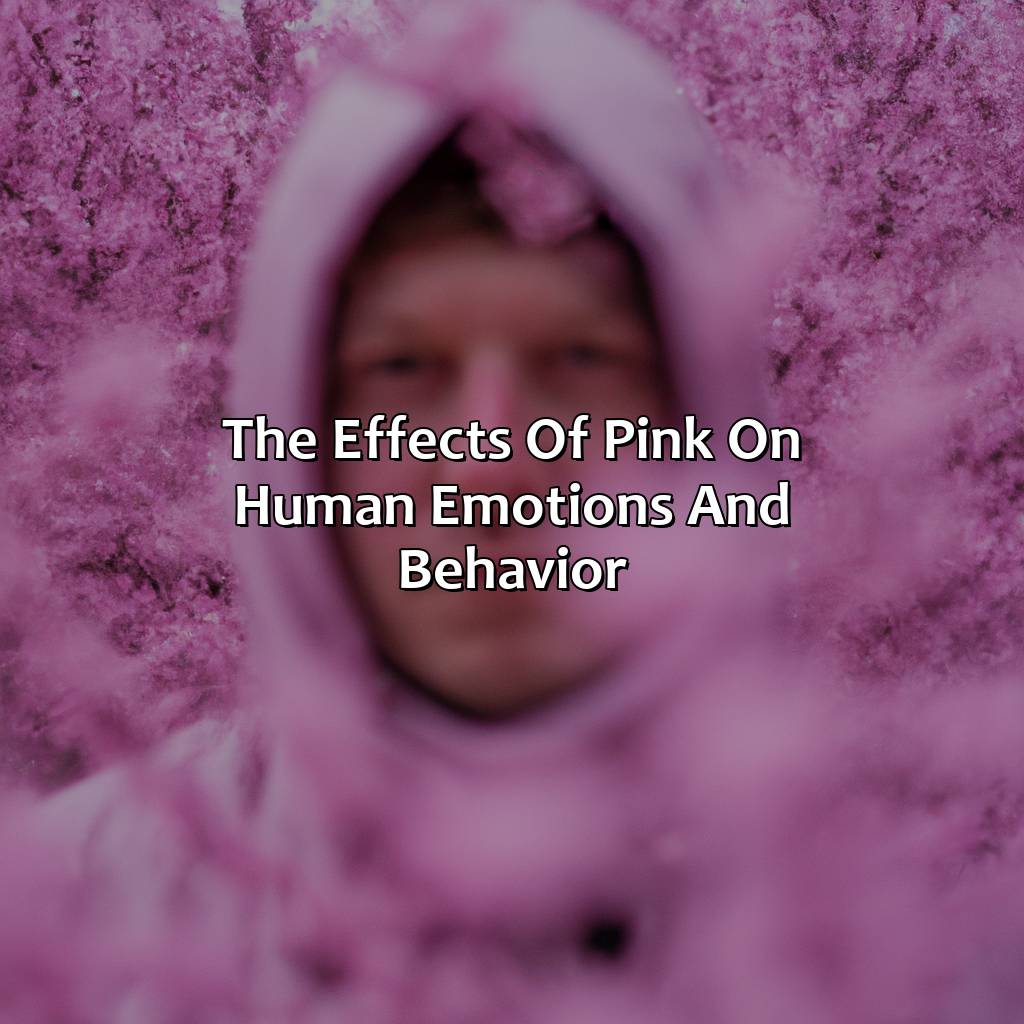
Photo Credits: colorscombo.com by Logan Allen
Let’s dive in and investigate the effects of pink! We’ll look at how it can influence your emotions, behavior, and even your physical state. Positive or negative, we’ll analyze the perks and pitfalls of using pink in various contexts.
Positive Effects of Pink
Pink’s Impact on Human Emotions and Behaviors Revealed
Pink isn’t just a color; it is a symbol of beauty, love, and various other things in different cultures worldwide. It is not surprising that many people use pink to have positive effects on their mental states. Here are five ways Pink has positively impacted our emotions and behaviors:
- Calming – Pink can evoke feelings of calmness and soothe the senses hence assisting in stress management.
- Fosters good communication – Pink is an excellent way to improve interpersonal relationships by engendering a sense of safety, thus facilitating effective communication.
- Inspires creativity – The color pink fosters a child-like creative spirit that encourages out-of-the-box thinking and problem-solving skills.
- Motivational – The softness of pink emanates encouragement that boosts one’s self-esteem which promotes productivity and motivation at work or home.
- Relaxing sleep aid- Using soft-pink hues in bedroom interiors assists in creating an ambiance for relaxing sleep patterns.
Experiments show that exposure to softer shades can significantly reduce aggression rates. This effect extends to prison settings where walls painted with these hues proved less violent.
A friend narrated how wearing pale pink clothes helped soothe her anxieties during stressful job interviews. It appears the significance behind colors prompts people’s ideas regarding life situations.
Be careful with pink, too much of it and you might turn into a Barbie doll or worse, a flamingo.
Negative Effects of Pink
Pink color has certain negative impacts on humans that cannot be ignored. As research shows, negative effects of pink include a higher chance of developing anxiety, disturbed sleep patterns, and heightened feelings of anger and aggression. Such feelings are particularly common among men who feel emasculated, leading to feelings of passivity and weakness.
Another study shows that the use of pink can restrict cognitive abilities, reasoning powers, and assertiveness in individuals. For some people, pink is associated with immaturity or femininity, which leads them to view themselves as less capable than they might otherwise be. This association can contribute to lower confidence levels among certain groups of individuals.
In addition to the negative impacts mentioned above, the overuse of pink in an environment may lead to sensory overload and fatigue. While it can be beneficial in small doses, too much pink can start affecting people in a negative manner.
Pro Tip: Although pink has been proven to have some negative consequences, it doesn’t mean that we should eliminate its use entirely from our lives. We just need to use it strategically and balance it out with other colors to give the perfect desired effect.
From palest blush to vibrant fuchsia, pink is a statement color in fashion, branding, and design, reflecting cultural ideals and individual expression alike.
Pink in Fashion and Design

Photo Credits: colorscombo.com by Arthur Davis
We’ll investigate the popularity of pink in fashion and how it’s used in interior design. We’ll also look at shades of pink, its gendered status, how it’s used in branding, advertising, as a cultural icon, in nature, psychology, and graphic design.
Pink’s Popularity in Fashion
Pink has been a popular color in the fashion industry for many years and still holds its popularity today. Its unique shade and romantic connotations have made it a staple choice for various garments such as dresses, blouses, and accessories. Many iconic fashion designers have used pink in their collections including Chanel, Gucci, Valentino and others. Pink’s popularity in fashion reflects how fashion dictates cultural trends and offers insight into what consumers are drawn to.
Adding a splash of pink to interior design can turn a room from blah to Barbie dream house.
The Use of Pink in Interior Design
Pink in Interior Design is explored through several design elements that play a significant role in elevating the ambiance of a space. The use of pink in interior design has evolved over time, blending with various styles and enhancing the aesthetics of a space.
Incorporating pink into an interior design project can add a layer of warmth and comfort to any room, making it feel vibrant yet soothing. An interior decorator or designer must consider the appropriate shade of pink that would complement other colors present in the room. A lighter shade can brighten up small spaces, paired with pastels, which can create a soft and feminine look. Pale pink also pairs well with neutral furniture pieces such as beige or gray and adds a touch of sophistication to any living room.
In contrast, bolder shades such as magenta or fuchsia should be used sparingly in larger rooms to avoid overwhelming the area. Blush pink mixed with jewel tones can bring out contrasting colors for an aesthetically-pleasing combination.
The use of pink in accent pieces such as throw pillows, curtains, rugs, and lampshades is also popular in modern interior design. These pieces add depth to an otherwise monochromatic palette while providing a cheery vibe to any space.
In 2016, Benjamin Moore’s color choice for that year’s Color Forecast was Simply White. However, they broke the drab trend by combining Simply White with Rose Quartz -a beautiful blush-pink color! This unique twist created lightness and elegance!
Overall, the use of pink in interior designing has drastically changed over time from being considered too feminine to being appreciated due to its versatility in elevating various decor styles without causing visual disturbance to your surroundings.
Five Facts About What the Color Pink Means:
- ✅ Pink is often associated with femininity, sensitivity, and romance. (Source: Verywell Mind)
- ✅ The color pink can have a calming effect on people, promoting feelings of love, comfort, and compassion. (Source: The Spruce)
- ✅ In some cultures, pink is associated with good health and gratitude. (Source: Color Wheel Pro)
- ✅ The pink ribbon is a symbol for breast cancer awareness and is widely recognized around the world. (Source: American Cancer Society)
- ✅ The use of pink in advertising and marketing is often targeted towards female audiences. (Source: Psychology Today)
FAQs about What Does The Color Pink Mean
What does the color pink mean?
Pink is often associated with sweetness, femininity, love, and compassion. It is a cheerful and warm color that can evoke feelings of happiness, optimism, and relaxation. However, the meaning of pink can vary depending on cultural, social, and personal contexts.
Is pink always a feminine color?
Although pink is often associated with femininity, it has not always been considered a gender-specific color. In fact, it was originally seen as a more masculine color in the 19th century. It was not until the mid-20th century that pink became associated with girls due to advertising and media campaigns.
What are some cultural meanings of pink?
In Japan, pink is often associated with the cherry blossom season and represents spring, renewal, and new beginnings. In some parts of Africa, pink symbolizes healing and self-love. In Western cultures, pink is often associated with breast cancer awareness and feminism.
What emotions does pink evoke?
Pink is a color that can evoke a range of emotions, depending on the shade. Lighter shades of pink can evoke feelings of kindness, love, and tenderness, while darker shades of pink can evoke feelings of passion, excitement, and energy. Pink can also evoke feelings of calmness and relaxation.
Can pink have negative connotations?
Although pink is generally seen as a positive and happy color, it can also have negative connotations. In some cultures, pink is associated with weakness, childishness, and immaturity. In addition, some people may associate pink with negative stereotypes about femininity and gender roles.
How can I use pink in my daily life?
If you want to incorporate pink into your daily life, there are many ways to do so. You could wear pink clothing or accessories, decorate your home with pink accents, or use pink stationery or office supplies. You could also try incorporating pink into your self-care routine by using pink bath products or lighting a pink scented candle.
